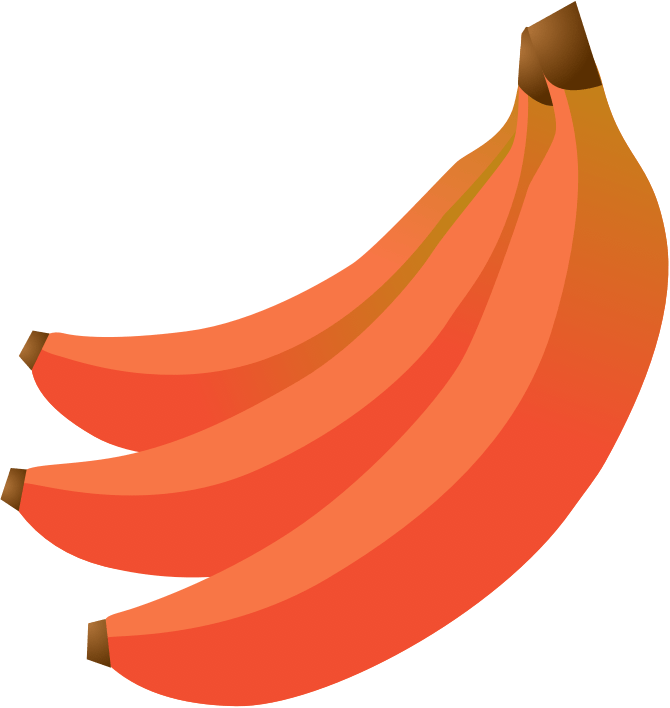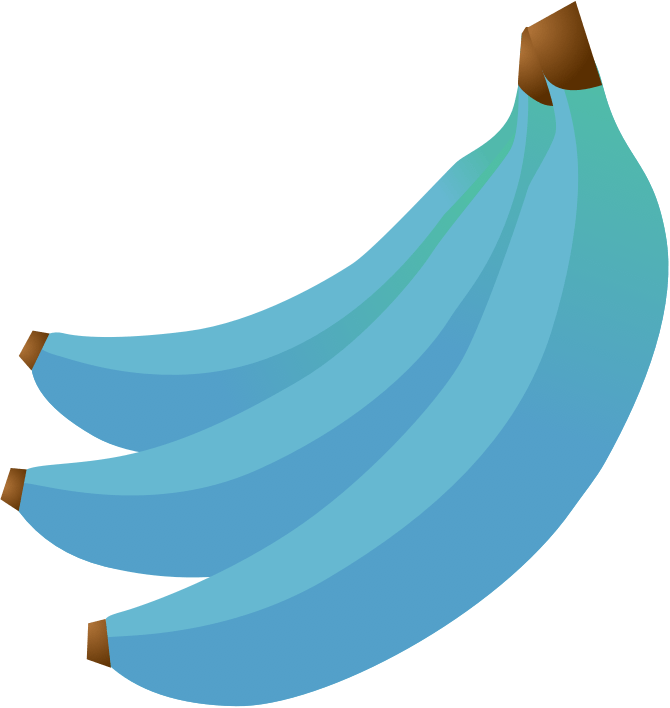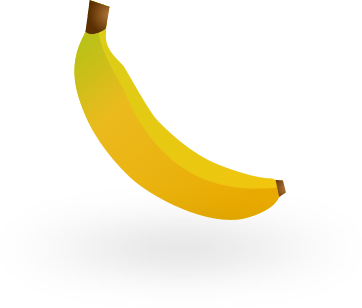
go
that make you
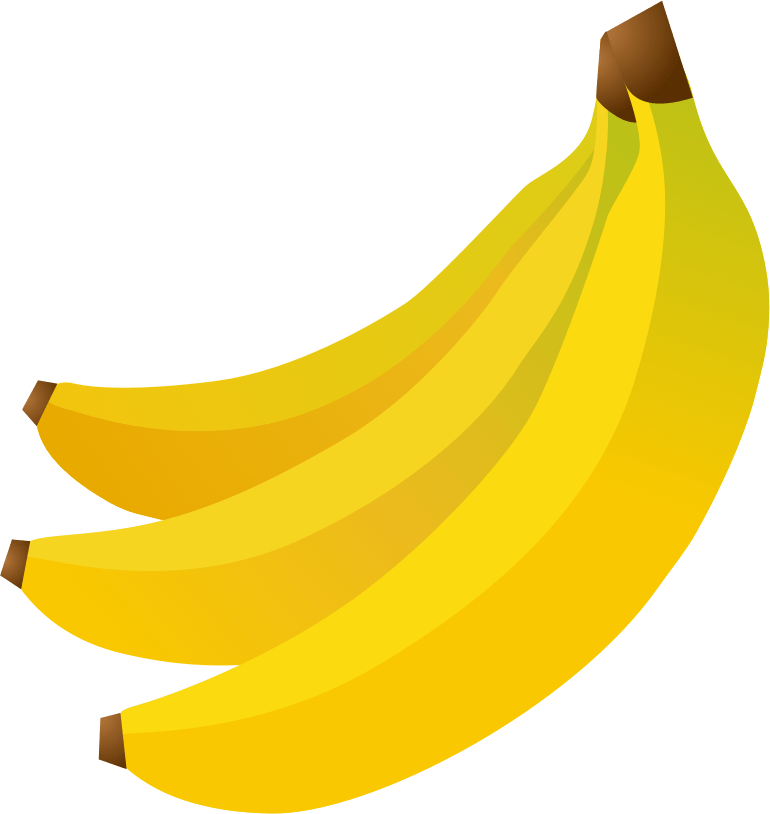
BANANAS!
Our yellow curvy friends are the most popular fruit in the world. In celebration of the World Banana Day we gathered some mind-blowing trivia facts that you probably didn't know.
FACTS
17th April - World Banana Day
Created with our platform, designed by Maglr Studio

With Maglr Stories we showcase the possibilities of our interactive content platform. Connect with us through our newsletter and receive periodic updates about Maglr.

in millions

How many bananas are you going to eat today?
Let’s celebrate World Banana Day together and share this with your friends!
Did you like this a-peeling-content?
Share the love!

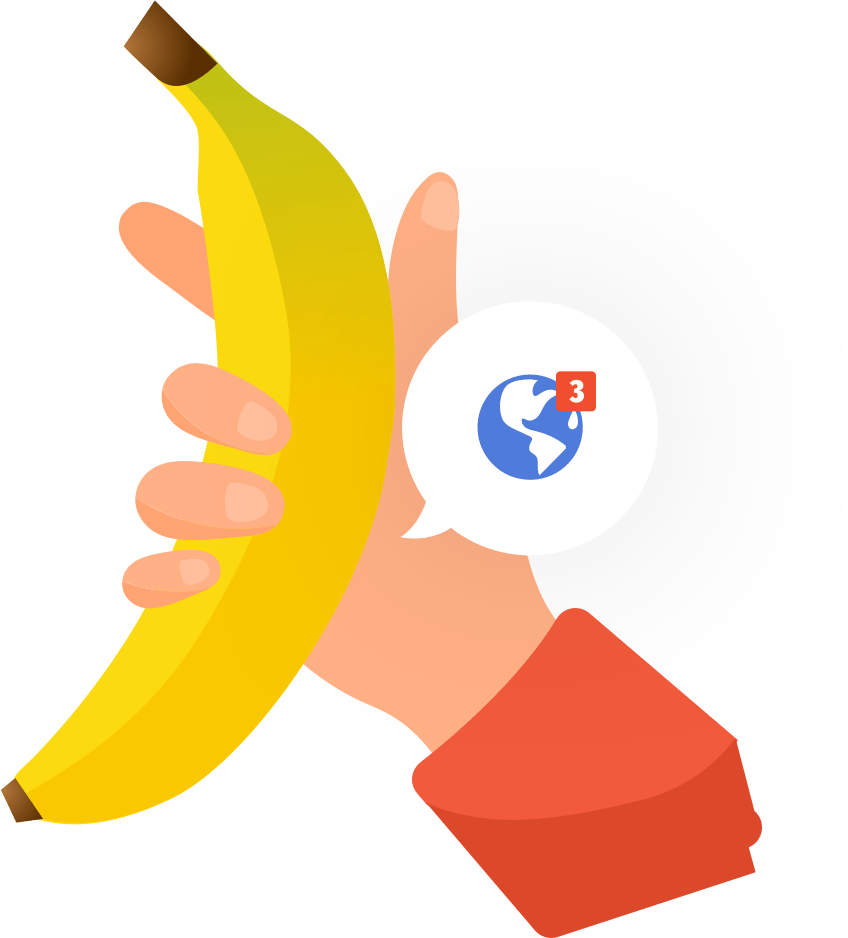

Quiz Time!
How many bananas do Dutch people eat on average every year in total?
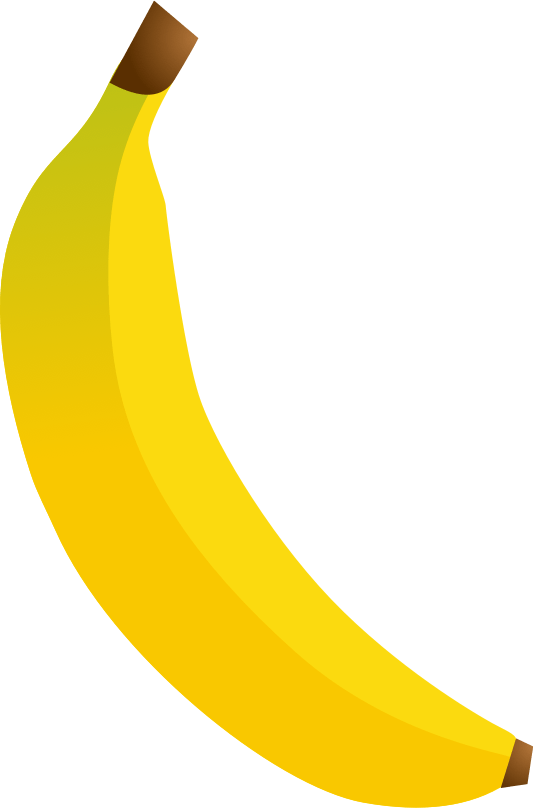
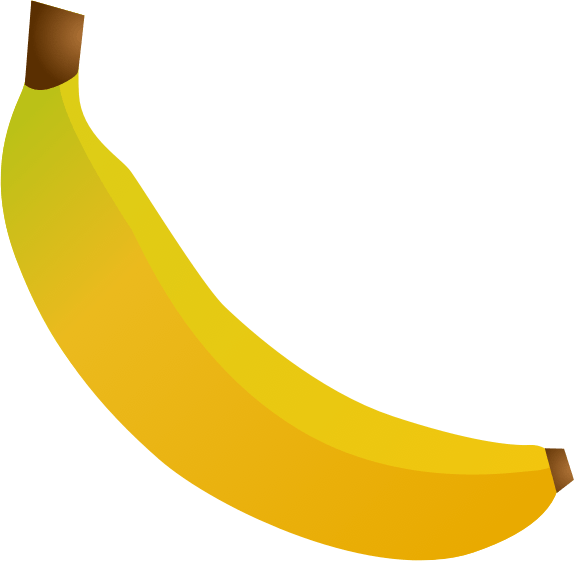




A banana is climacteric, which means it continues to ripen because of the increased ethylene production and a rise in cellular respiration.



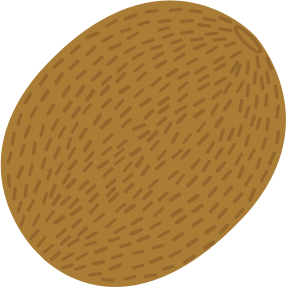
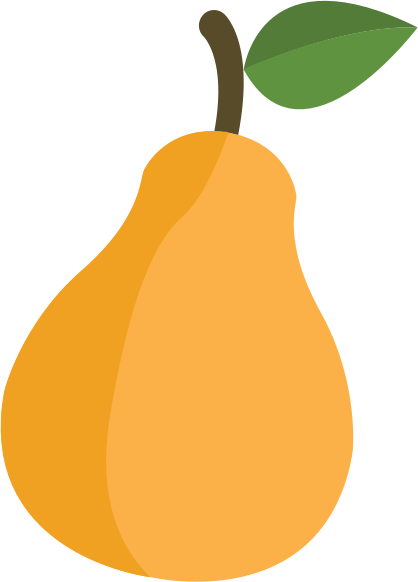
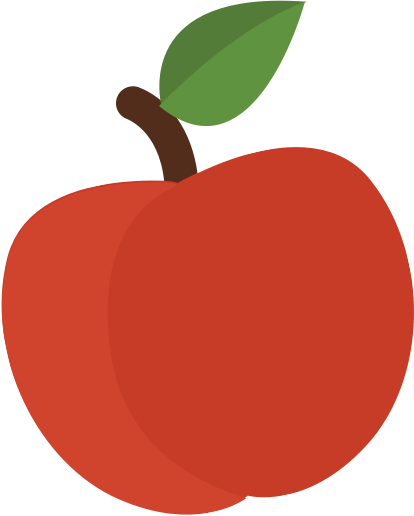
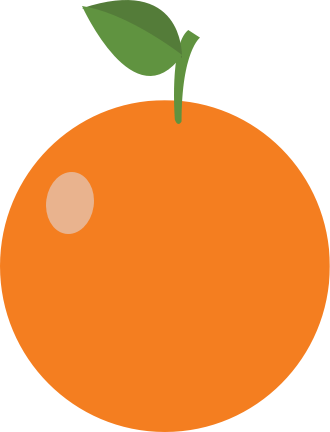
Bananas float in water, as do apples and watermelons. They float in water because they are less dense in comparison. And we don’t mean those banana boats you see on vacation!
Curvy Canoe
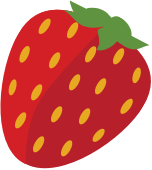
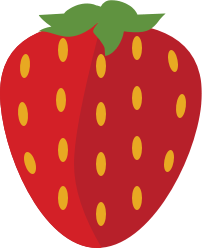
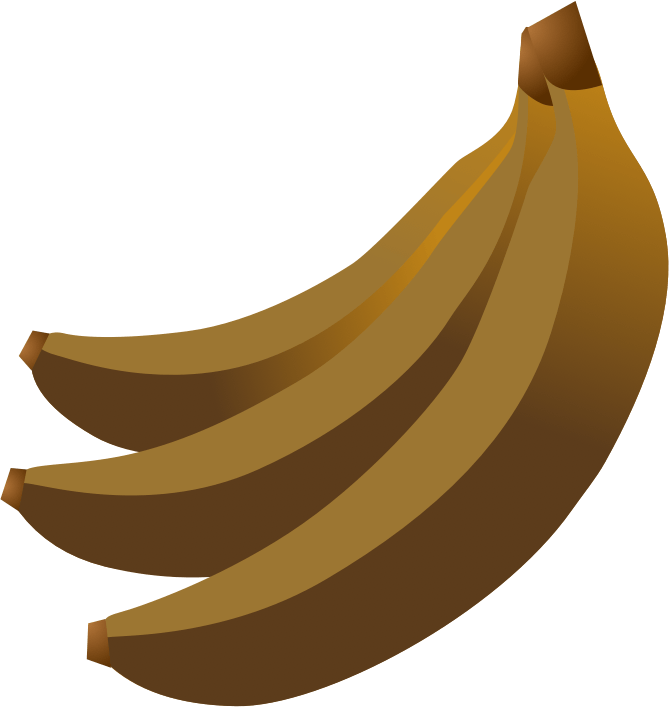

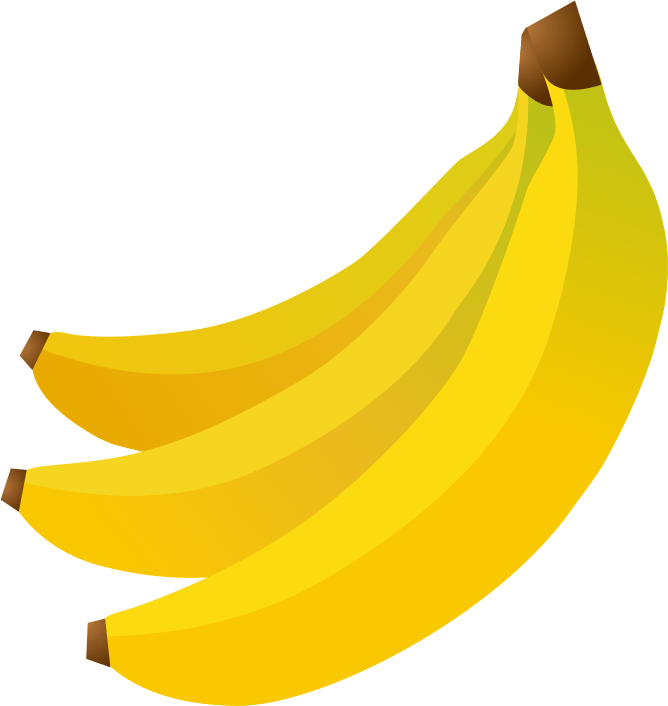
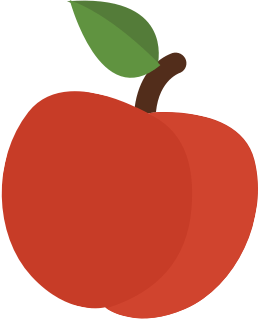
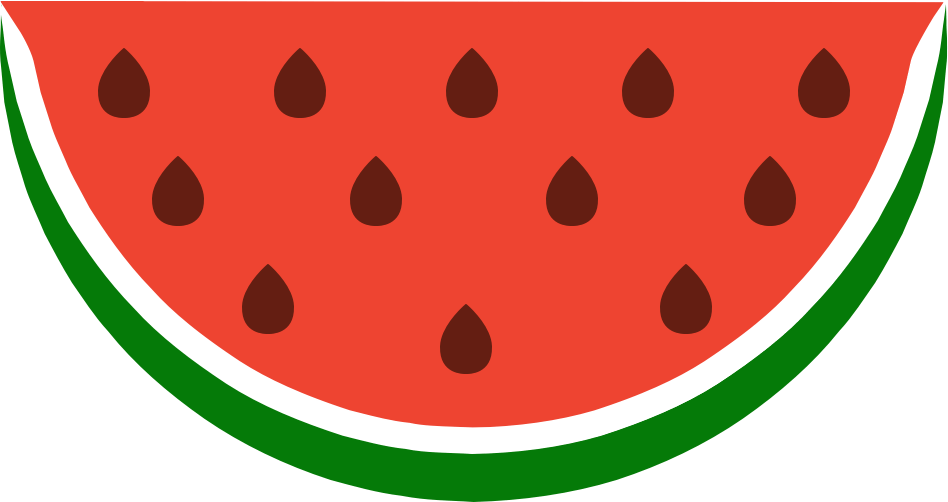
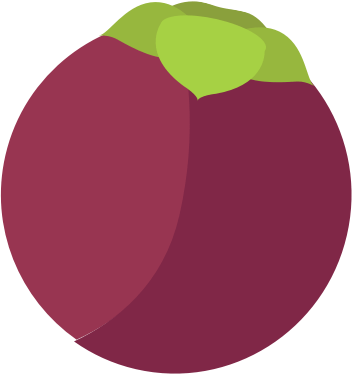



We share about 50% of our DNA with bananas. Many of the “housekeeping” genes that are necessary for basic cellular function, such as for replicating DNA, are shared between many plants (including bananas) and animals.
Genetically related
In 2001, a bunch of bananas from the Canary Islands took the title in Guinness World Records as it held 473 individual bananas or “fingers” and weighed a whopping 130kg.
What a bunch!

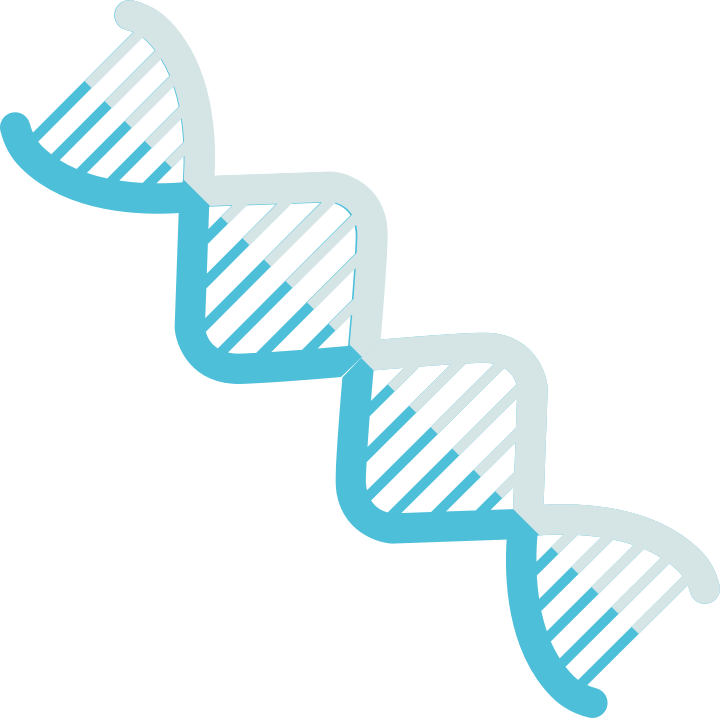
The banana is scientifically classified as a berry, whereas the strawberry is not.
Berries are simple fruits stemming from one flower with one ovary and typically have several seeds. Bananas meet these criteria, so do eggplants, grapes and oranges. Also: the banana tree is actually the world’s largest herb. Mind is blown, right?
Bananas are berries, scientifically speaking
Yellow
Our yellow friend, the Cavendish, is the one we all know and love. It’s the most common and most widely exported. It is named after Musa Cavendishii and was first grown at Chatsworth House in the UK in 1830.

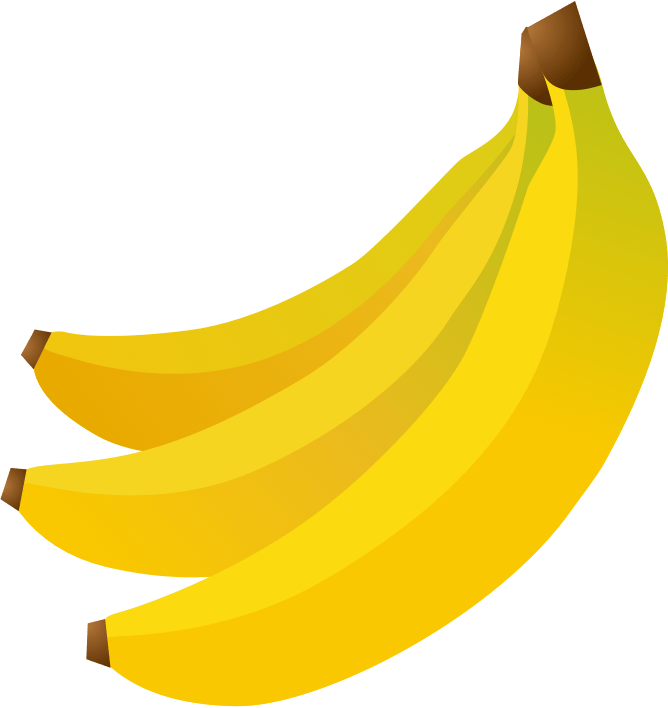
Yes, there are many different types of bananas (over a 1,000!). And while they all have roughly the same shape, they’re not
all yellow in color.
What?
Other colours?











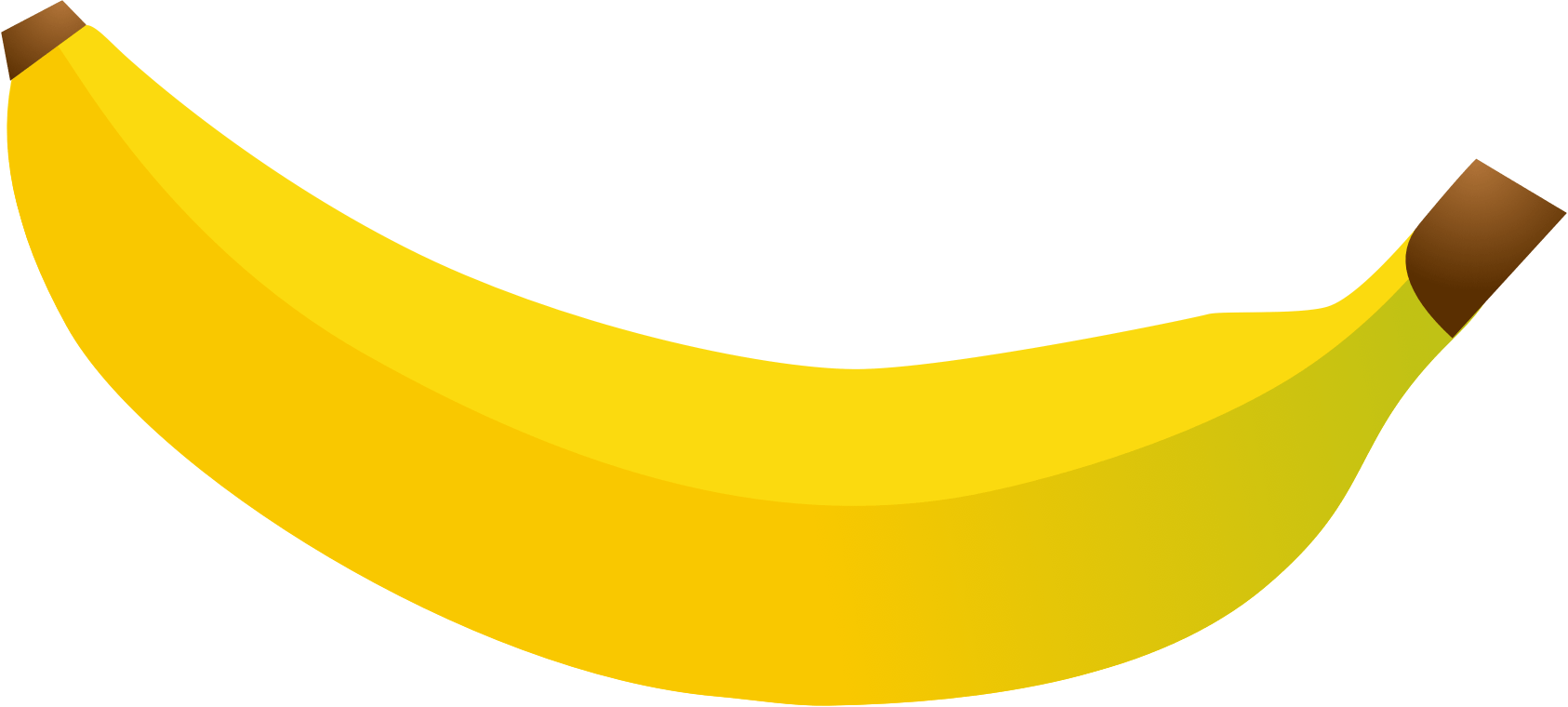

Bananas are delicious and extremely healthy




The Surprising Science Behind the World's Most Popular Fruit
Did you know?
Trivia




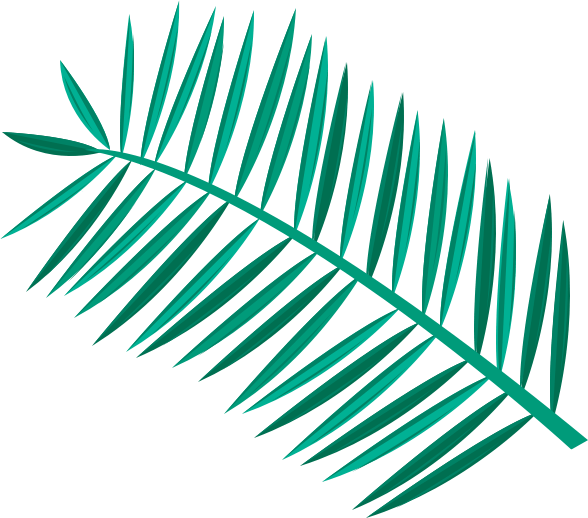

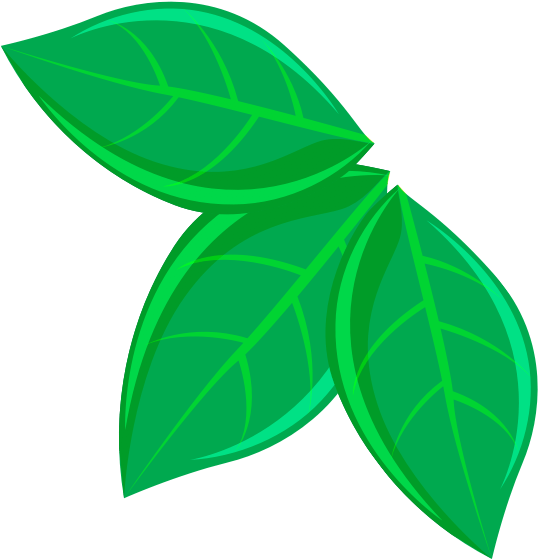

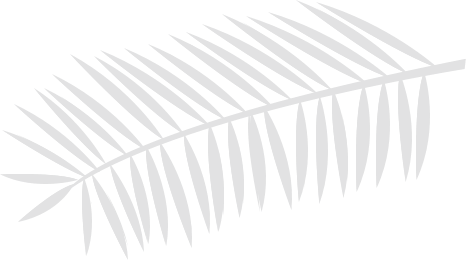
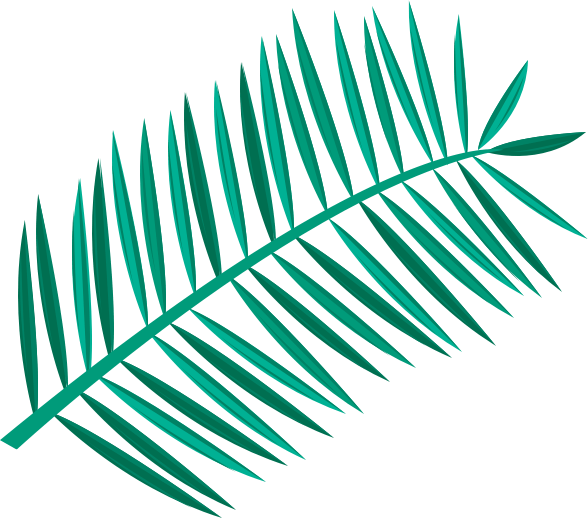






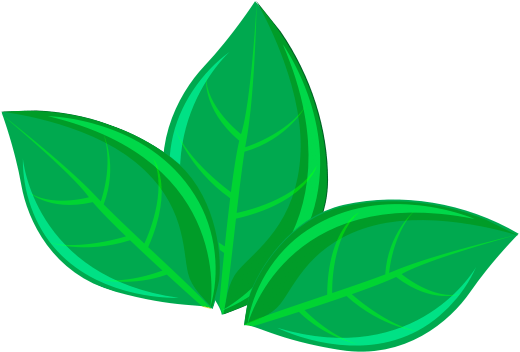





BANANAS!
go
that make you

With Maglr Stories we showcase the possibilities of our interactive content platform. Connect with us through our newsletter and receive periodic updates about Maglr.

How many bananas are you going to eat today? Let’s celebrate World Banana Day together and share this with your friends!
Share the love!
Did you like this a-peeling-content?

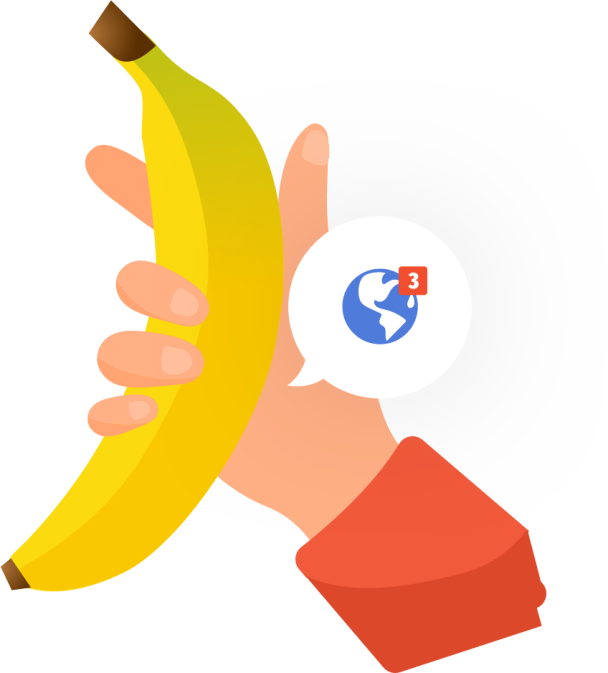

in millions


How many bananas do Dutch people eat on average every year in total?
Quiz Time!


A banana is climacteric, which means it continues to ripen because of the increased ethylene production and a rise in cellular respiration.
Other fruits ripen much faster when they lay next to bananas.
Fun fact

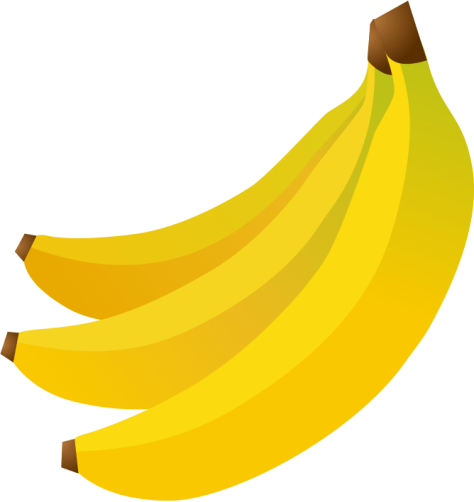

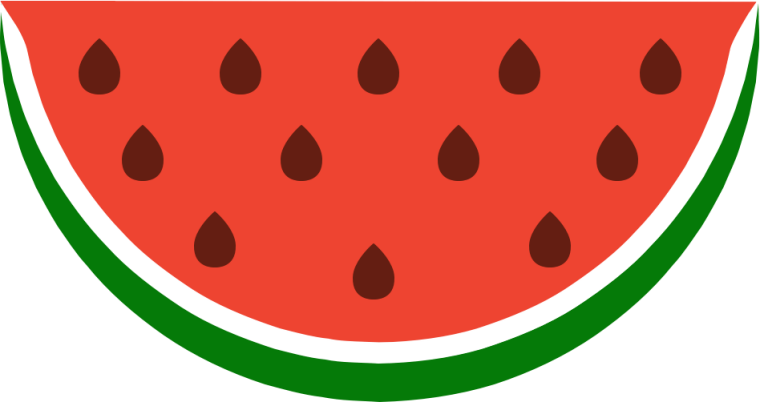
Bananas float in water, as do apples and watermelons. They float in water because they are less dense in comparison. And we don’t mean those banana boats you see on vacation!
Curvy Canoe
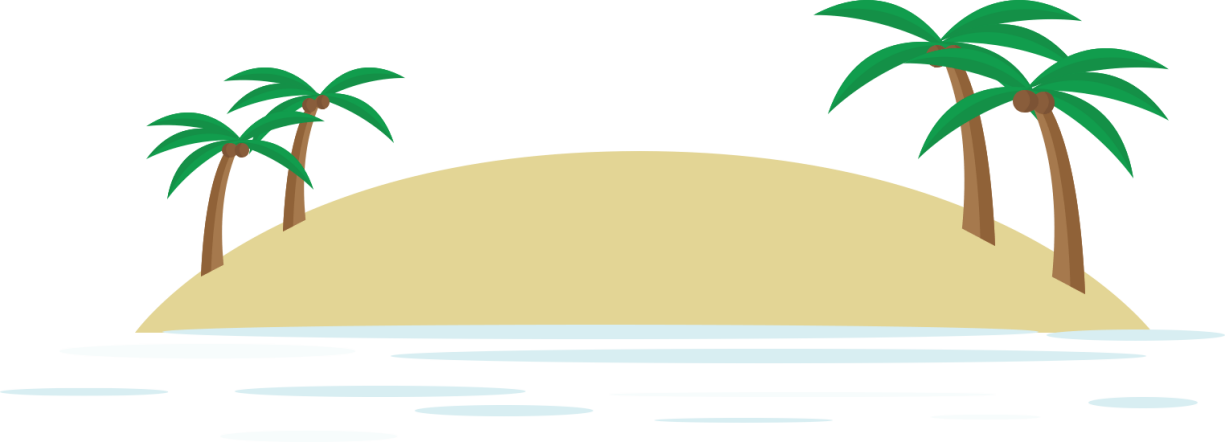

In 2001, a bunch of bananas from the Canary Islands took the title in Guinness World Records as it held 473 individual bananas or “fingers” and weighed a whopping 130kg.
What a bunch!


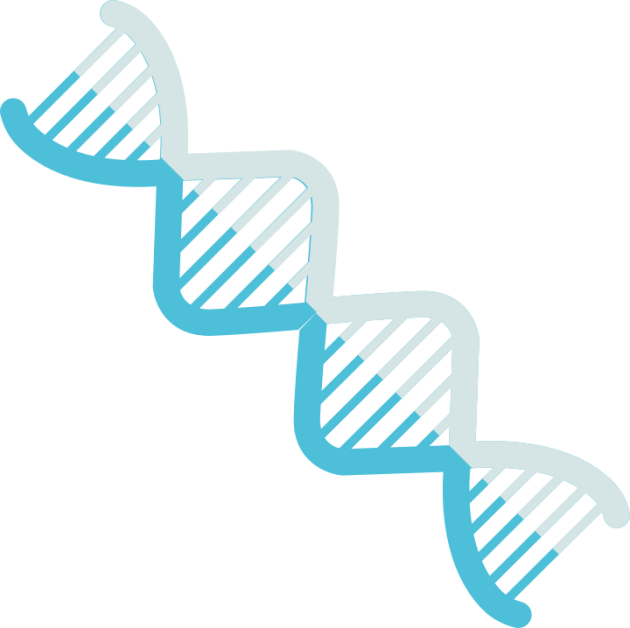
We share about 50% of our DNA with bananas. Many of the “housekeeping” genes that are necessary for basic cellular function, such as for replicating DNA, are shared between many plants (including bananas) and animals.
Genetically related
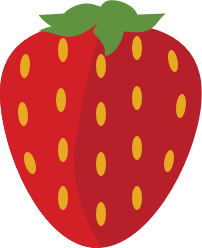
The banana is scientifically classified as a berry, whereas the strawberry is not.
Berries are simple fruits stemming from one flower with one ovary and typically have several seeds. Bananas meet these criteria, so do eggplants, grapes and oranges. Also: the banana tree is actually the world’s largest herb. Mind is blown, right?
Bananas are berries, scientifically speaking
The Dacca banana or the red banana has a dark red skin and is grown in Ecuador and Colombia. It tastes like a combination of the regular banana and the sweetness of raspberry.
Red
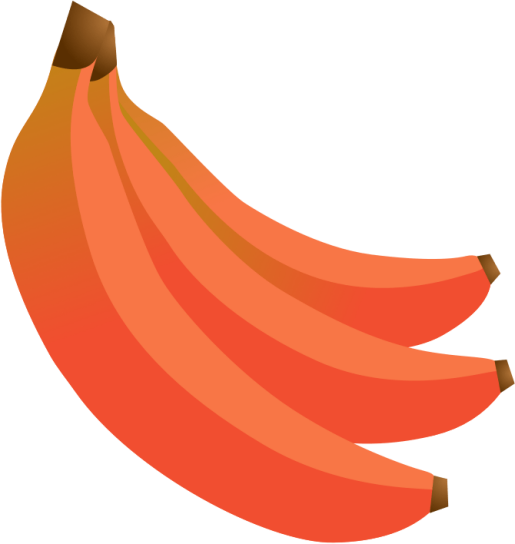
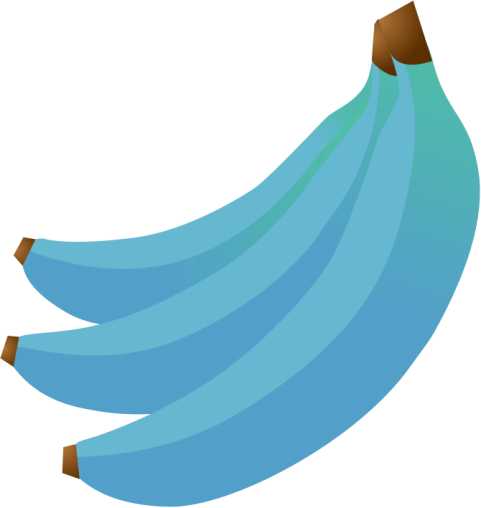

Originally from Southeast Asia. Now grown in Hawaii and has a distinctive blue hue before ripening. It is nicknamed “ice cream banana” because the ripe fruit tastes a lot like vanilla ice cream.
Blue Java

Our yellow friend, the Cavendish, is the one we all know and love. It’s the most common and most widely exported. It is named after Musa Cavendishii and was first grown at Chatsworth House in the UK in 1830.
Yellow
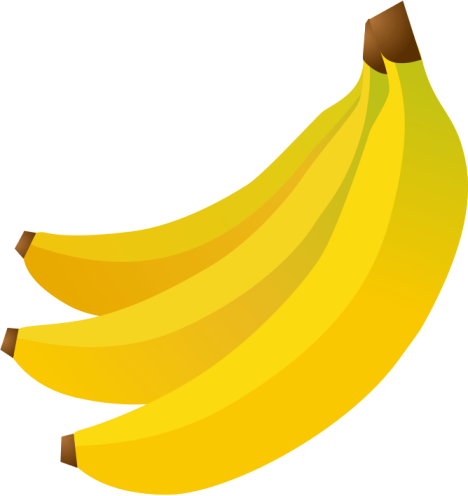
Yes, there are many different types of bananas (over a 1,000!). And while they all have roughly the same shape, they’re not
all yellow in color.
What?
Other colours?
The Surprising Science Behind the World's Most Popular Fruit
Did you know?
Trivia
Happy Hearts
Bananas can help lower blood pressure and protect heart health due to high potassium and low salt content.


Mood Enhancer
Bananas may be considered a mood enhancer because it contains the amino acid, tryptophan and Vitamin B6 that helps the body produce serotonin.

Improves Vision
Bananas, like many other fruits, are packed with antioxidants and carotenoids, as well as a healthy mix of minerals that can seriously boost the health of your eyes.


Bananas are delicious and extremely healthy




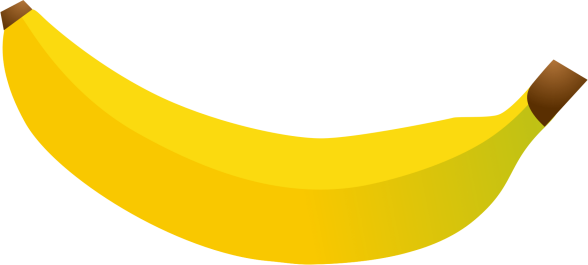

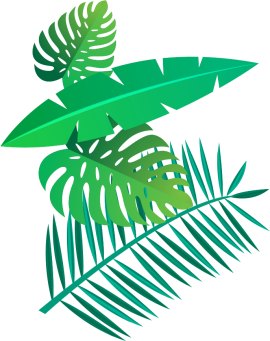
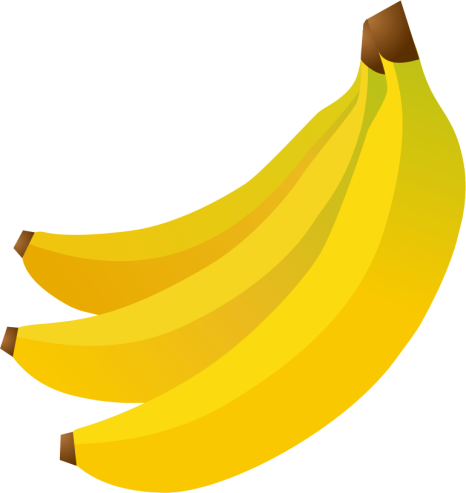

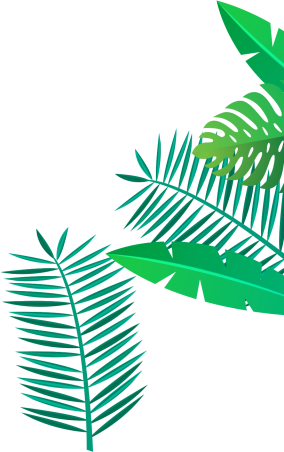
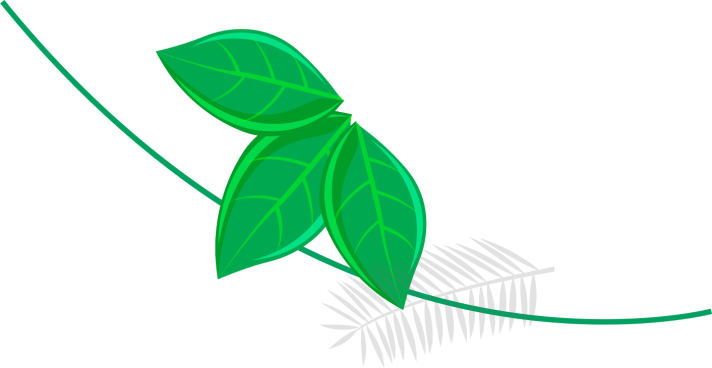
Our yellow curvy friends are the most popular fruit in the world. In celebration of the World Banana Day we gathered some mind-blowing trivia facts that you probably didn't know.
FACTS
17th April - World Banana Day











